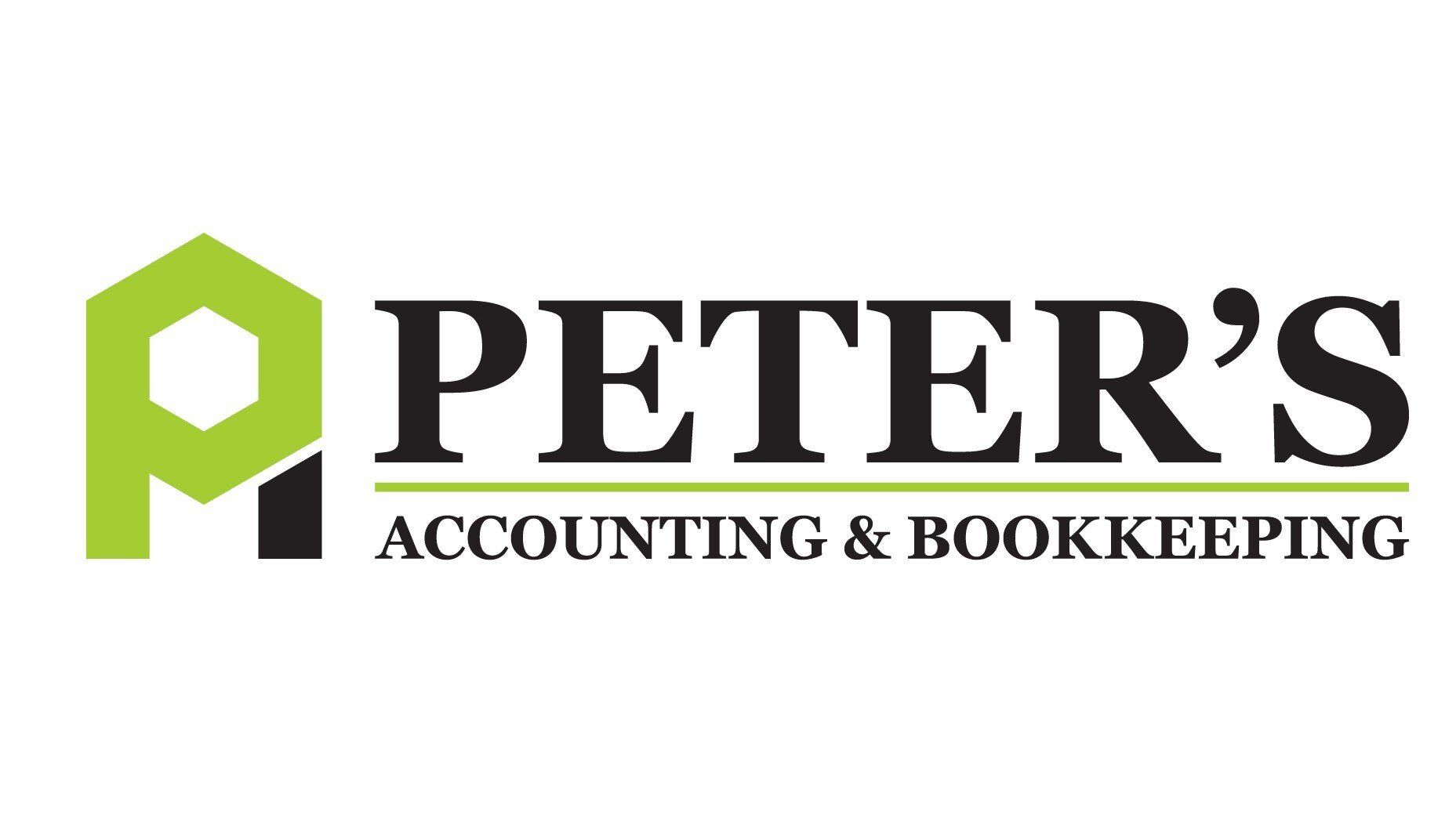Business Structure – The Key to a Successful Business
Starting a business is exciting. But without the correct professional guidance, it can be downright scary. So many tasks to be completed. So many deadlines. So many questions need to be answered. Permits, building codes, endless forms to fill out, business plans, tax codes, marketing research, hiring employees, financing, leasing property, etc.
One thing is for certain, the foundation of a successful ongoing business concern whether it’s a startup or mid-lifecycle is the selection of the correct Business Structure for your specific situation. LLC, partnership, corporation, Matrix structures, Product Departmentalization, they all have various strengths & weaknesses.
Starting off with the correct business structure can save you thousands of dollars as you grow. Even if you are just a humble small business like a diner or computer repair shop, selecting your company structure ahead of time has multiple benefits, such as helping the process of writing a small business plan, or planning for future growth.
You might be the humble coffee diner now, but in seven years, you might be a nationwide franchise. For that to happen, you need to make sure your foundation is strong. Consult with a Certified Professional Accountant to help you weigh the different options available to you when making this very important life decision.
Local & Personal Relationships
Ancaster is home to a variety of businesses, from small family-owned locations near Jerseyville Road & Wilson Street to multi-million dollar global corporations located in the Industrial Trade Center.
Peter's Accounting and Bookkeeping Services is well versed in any business structure you may be considering, and we work with many businesses in the Ancaster area. We foster strong, ongoing partnerships and small-town family values with our clients. We will help you succeed no matter what stage your business is in…whether you are an entrepreneur, freelancer, partnership, or a large corporation.
We know the local area, so we can use time-tested & established practices to effectively structure your business so that it thrives in this market. We will help you maximize employee performance & retention, project a growth plan, and structure your business for success at any lifecycle timeframe. Contact Peter’s Accounting and Bookkeeping today for assistance with Business Structure selection and planning.


Peter's Accounting